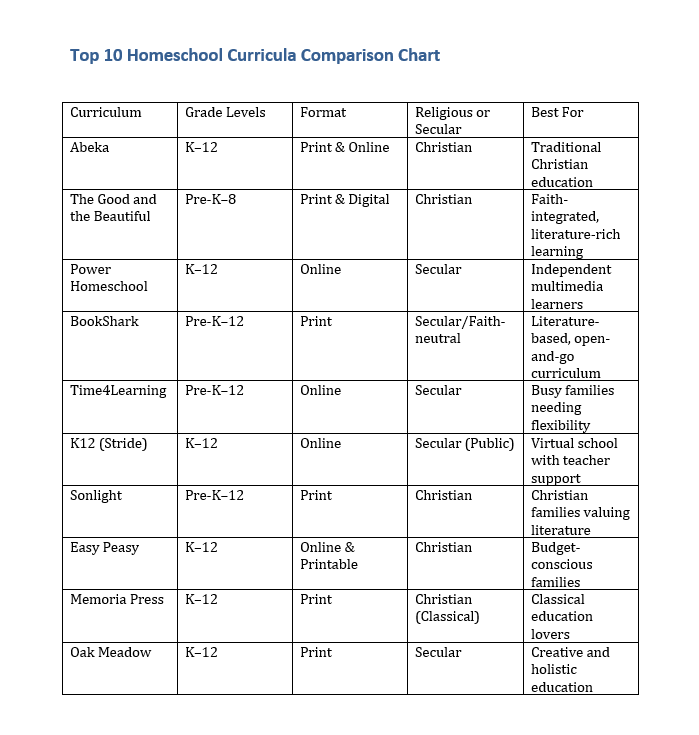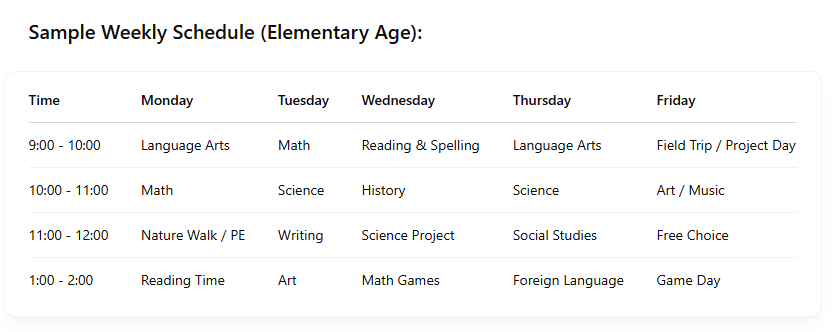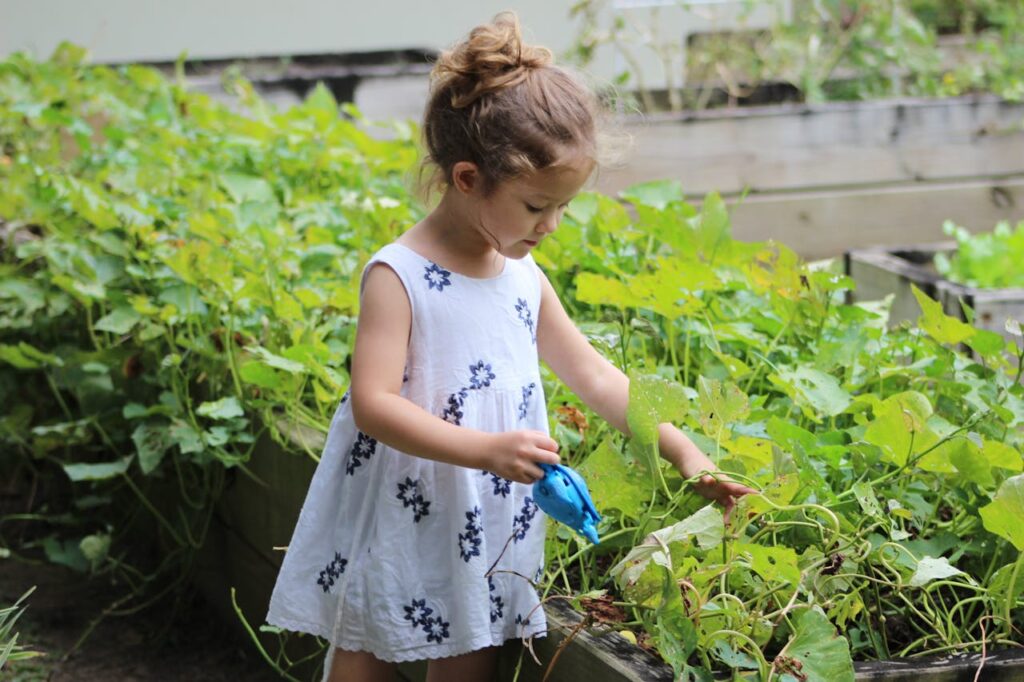Some of the links on this website are affiliate links, which means that if you click on them and make a purchase, I may earn a small commission at no additional cost to you. I only promote products and services that will add value to my readers. Thank you for supporting our work.
Starting your homeschool journey can evoke a mix of emotions, blending thrilling excitement with a hint of anxiety. Whether you are transitioning from the familiar environment of a traditional public school, exploring the various avenues of alternative education, or embarking on this new adventure with your enthusiastic kindergartner, it’s essential to adopt effective strategies that ensure a smooth and rewarding experience. Here are 10 valuable tips for beginner homeschoolers to help you launch this journey successfully and build your confidence along the way
1. Know Your State Laws
Before embarking on your homeschooling journey, it’s crucial to understand the specific laws that govern homeschooling in your state. Each state has its requirements regarding intent notifications, educational record-keeping, standardized testing, and curriculum selection. This knowledge will empower you and ensure you’re fully prepared for the road ahead.
Tip: For extensive insights into your state’s homeschooling rules, visit HSLDA.org to learn your state’s homeschooling regulations.

2. Choose a Homeschooling Style
Homeschooling is a personal decision, and what works for one family may not suit another. It’s essential to explore the variety of educational options available to find the best fit for your child’s unique learning style and teaching preferences. Consider the following approaches:
Classical: This method employs a rigorous, time-tested curriculum rooted in the liberal arts and sciences. It encourages deep critical thinking and a strong foundation in classical literature and philosophy.
Charlotte Mason: This approach focuses on literature and the natural world. It promotes a love of learning through rich, engaging reading materials and hands-on experiences that encourage children to observe and interact with their environment.
Unit Studies: This flexible style integrates multiple subjects around a central theme or topic, allowing children to make connections across disciplines. It fosters in-depth exploration of subjects that pique their interest while covering a wide range of academic areas.
Unschooling: This style emphasizes the importance of natural learning. It encourages children to pursue their passions and interests without a structured curriculum, allowing for a more organic and child-led educational experience.
Montessori: This method promotes independence and hands-on learning, allowing children to study at their own pace. It utilizes specially designed materials and a prepared environment to nurture self-directed learning.
Eclectic: If you find yourself drawn to various methods, a diverse approach allows you to customize your curriculum by borrowing techniques and resources from different educational philosophies, creating a well-rounded experience for your child.
Tip: Take the time to read about each style to discover which resonates most with your child’s learning needs and aligns with your teaching vision. Understanding these philosophies can help you create a nurturing and effective learning environment at home.
3. Start with a Simple Curriculum
Instead of overwhelming yourself by trying to recreate a full public school environment at home, initiate your educational experience with a few essential subjects, mainly mathematics and language arts. As you gradually broaden your curriculum, these fundamental areas will establish a solid foundation for further learning.
Tip: Utilize free trials or low-cost online platforms, such as Easy Peasy, Time4Learning, or The Good and the Beautiful. These resources help you explore different teaching methods and materials, allowing you to find what aligns best with your child’s learning style.
4. Create a Flexible Routine, Not a Strict Schedule
While children benefit from consistency, homeschooling offers the unique opportunity to deviate from strict schedules. A flexible routine provides the necessary structure for learning while allowing for creativity and spontaneity, making the learning process more enjoyable and effective.
Example: Morning: Reading and Mathematics, and Afternoon: Scientific Experiments and Outdoor Activities

5. Design a Learning Space That Fits Your Family
You don’t need a formal homeschool room to create a productive learning environment. A warm and inviting corner of your home can work wonders; a quiet little nook with a sturdy table, well-stocked bookshelves with engaging materials, and all the essential supplies neatly arranged.
Tip: To ensure an efficient and tidy space, consider using colorful bins or rolling carts to organize your resources. This simplifies cleanup and makes it easy to move your learning setup around as needed, adapting to your family’s dynamic lifestyle.
6. Set Realistic Expectations
Homeschooling is a journey filled with both successes and obstacles. It’s important to set realistic expectations and understand that some days will flow smoothly while others may seem chaotic. By focusing on progress rather than perfection, you can create a positive and nurturing learning environment for both yourself and your students.
Every child has a distinct learning style. It’s essential to show patience and understanding to yourself and your students. Allow space for growth, curiosity, and exploration, acknowledging every small advancement.
7. Join a Local or Online Homeschool Community
Finding support is essential, especially when embarking on your homeschooling journey for the first time. Connecting with homeschool groups can provide various resources, including collaborative learning opportunities, engaging field trips, social events, and an encouraging environment.
Where to find these communities: Check out platforms like Facebook Homeschooling Group, Meetup, or local church groups, visit your nearby library, or contact your state’s homeschool association. Each path can connect you with a lively network of like-minded families eager to exchange experiences and advice.
8. Use Real-Life Learning Opportunities
Homeschooling presents a unique opportunity to transform mundane daily activities into rich educational experiences. For instance, grocery shopping can become an engaging exercise in mathematics, where children can practice addition and budgeting by calculating the total cost of items or comparing prices. Baking becomes an exciting exploration of scientific principles as students measure ingredients, observe chemical reactions, and understand the science behind heat and time, ultimately leading to delightful culinary creations. Meanwhile, gardening can serve as a vibrant illustration of biological concepts, allowing learners to witness firsthand the intricate processes of plant growth, pollination, and the functioning of ecosystems.
To maximize these learning opportunities, you should maintain a detailed learning log that records these hands-on experiences, capturing the insights and knowledge gained through practical engagement. This log can serve as a valuable resource for reflecting and assessing the learning progress.

9. Track Progress, but Don’t Obsess Over Grades
As you progress through your educational journey, especially in light of your state’s specific requirements, it is crucial to maintain well-organized records. Rather than focusing solely on numerical grades, consider using various engaging methods to capture your child’s growth and development.
Create portfolios that display your child’s finest work, demonstrating their development over time. Use weekly checklists to monitor completed assignments and celebrate small successes, nurturing a feeling of achievement. Gather work samples that reflect the skills your child has developed, along with photos and notes from projects that offer insight into their learning experiences.
Tip: For organizational purposes, it is advisable to utilize straightforward apps such as Trello, Homeschool Panda, or traditional paper planners.
10. Trust the Process
You have a unique insight into your child than anyone else’s. Though homeschooling may not always be perfect, it has incredible strength and potential. Adopt a curious mindset, allowing yourself the flexibility to adjust as necessary, and cherish every moment of this journey together.
Encouragement: You don’t have to have all the answers. What matters is your openness to explore and learn with your child. This shared experience will strengthen your bond and cultivate a lifelong love for learning.
Homeschooling goes beyond just an educational method; it becomes a unique lifestyle defined by dedication and imagination. By combining patience, careful planning, and an optimistic outlook, you can create a nurturing and inspiring learning environment in your home. Start with small, achievable steps, build relationships with other homeschooling families, and stay adaptable in your approach, making changes as you progress through this fulfilling journey together.


Your blog is a constant source of inspiration for me. Your passion for your subject matter is palpable, and it’s clear that you pour your heart and soul into every post. Keep up the incredible work!